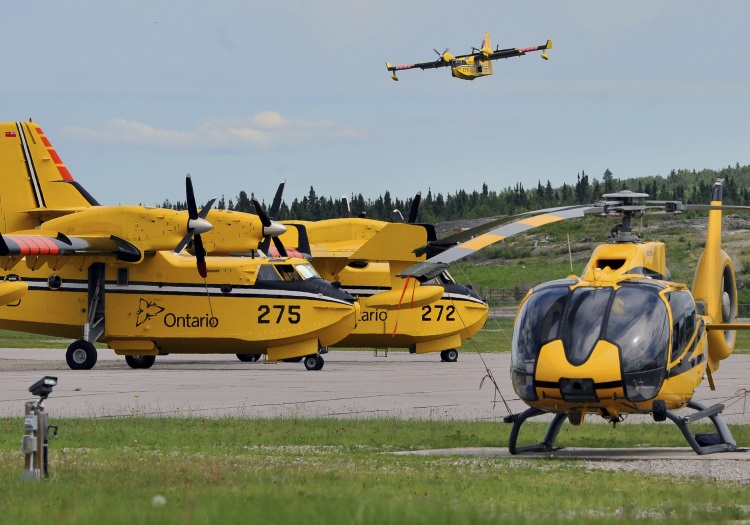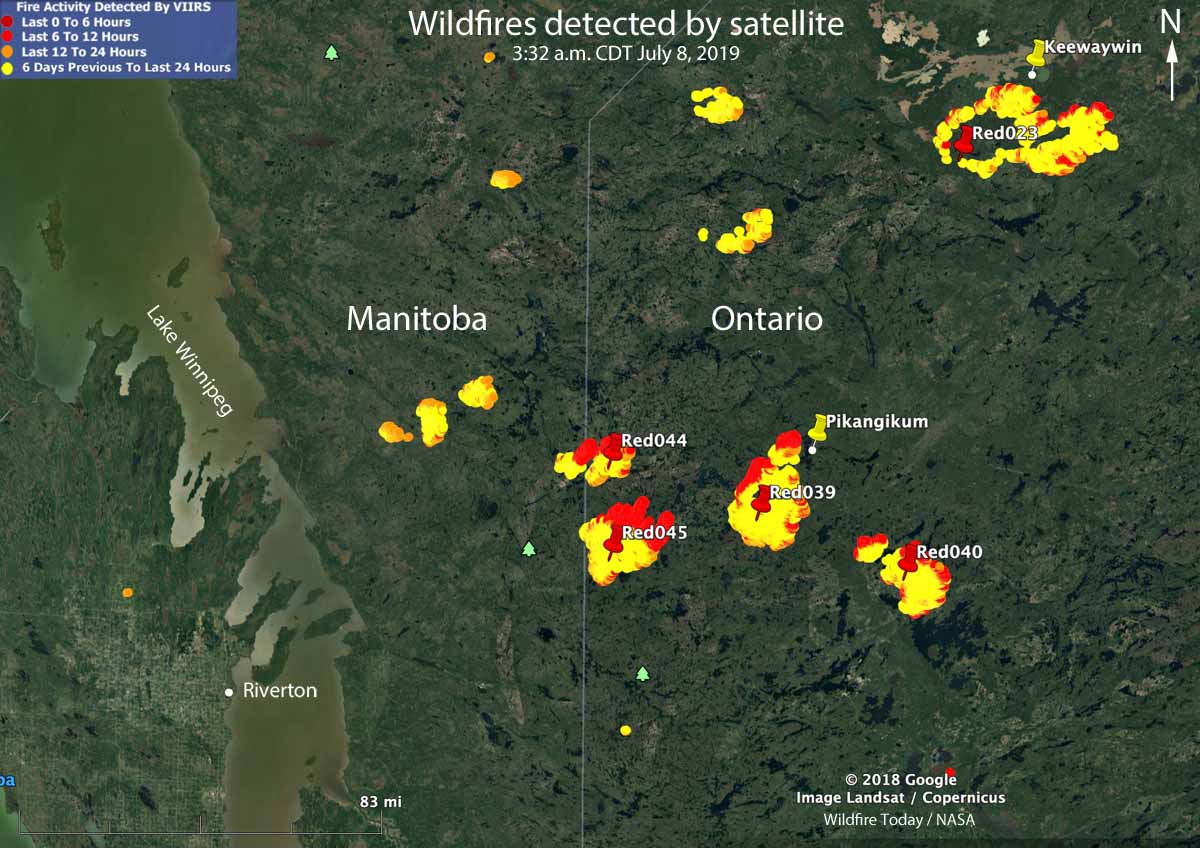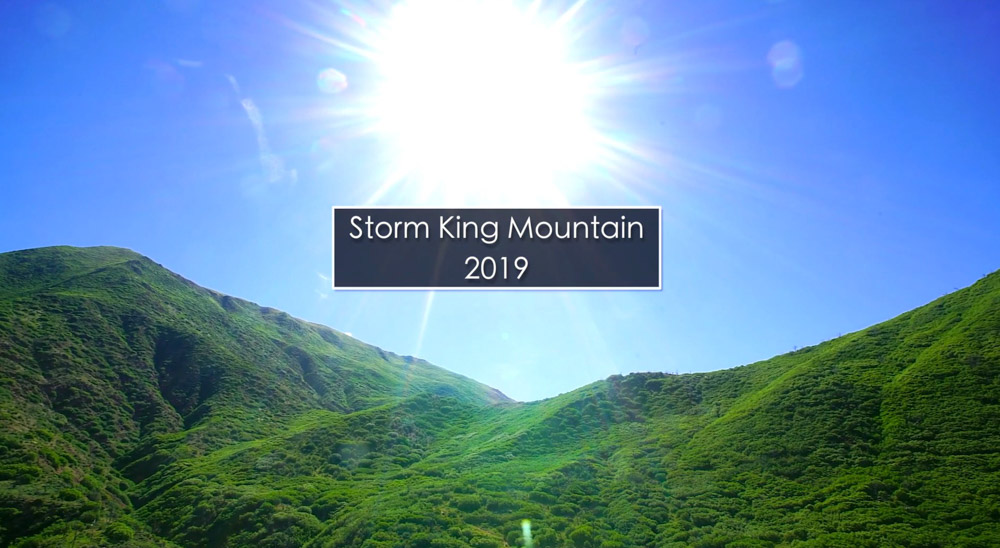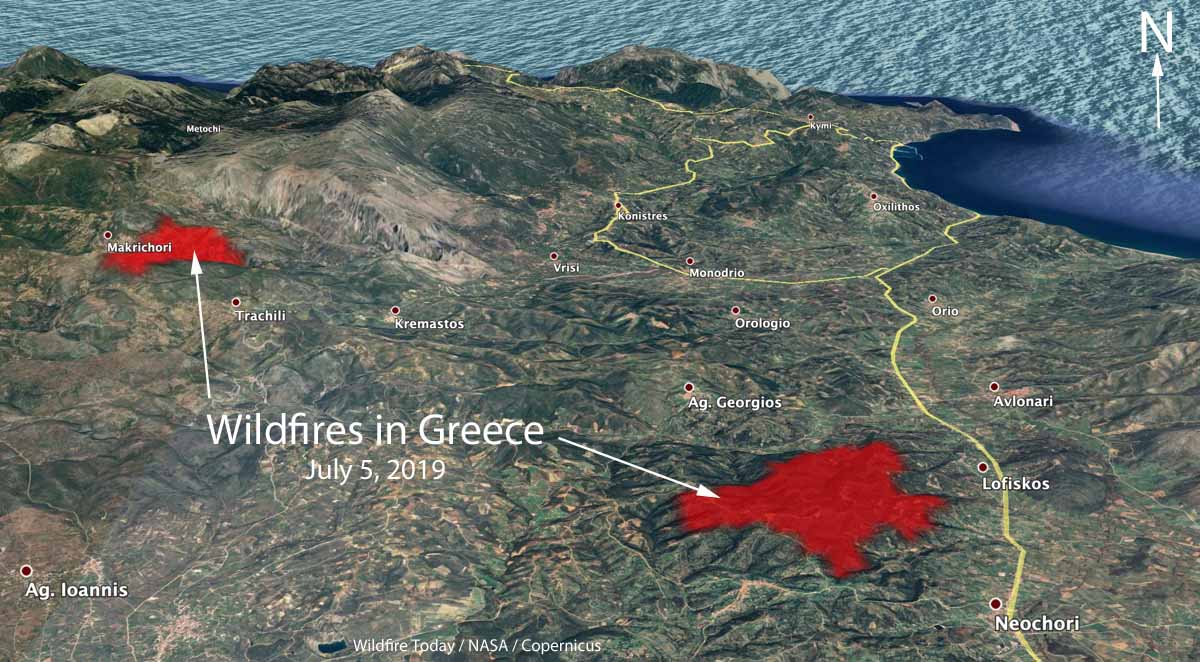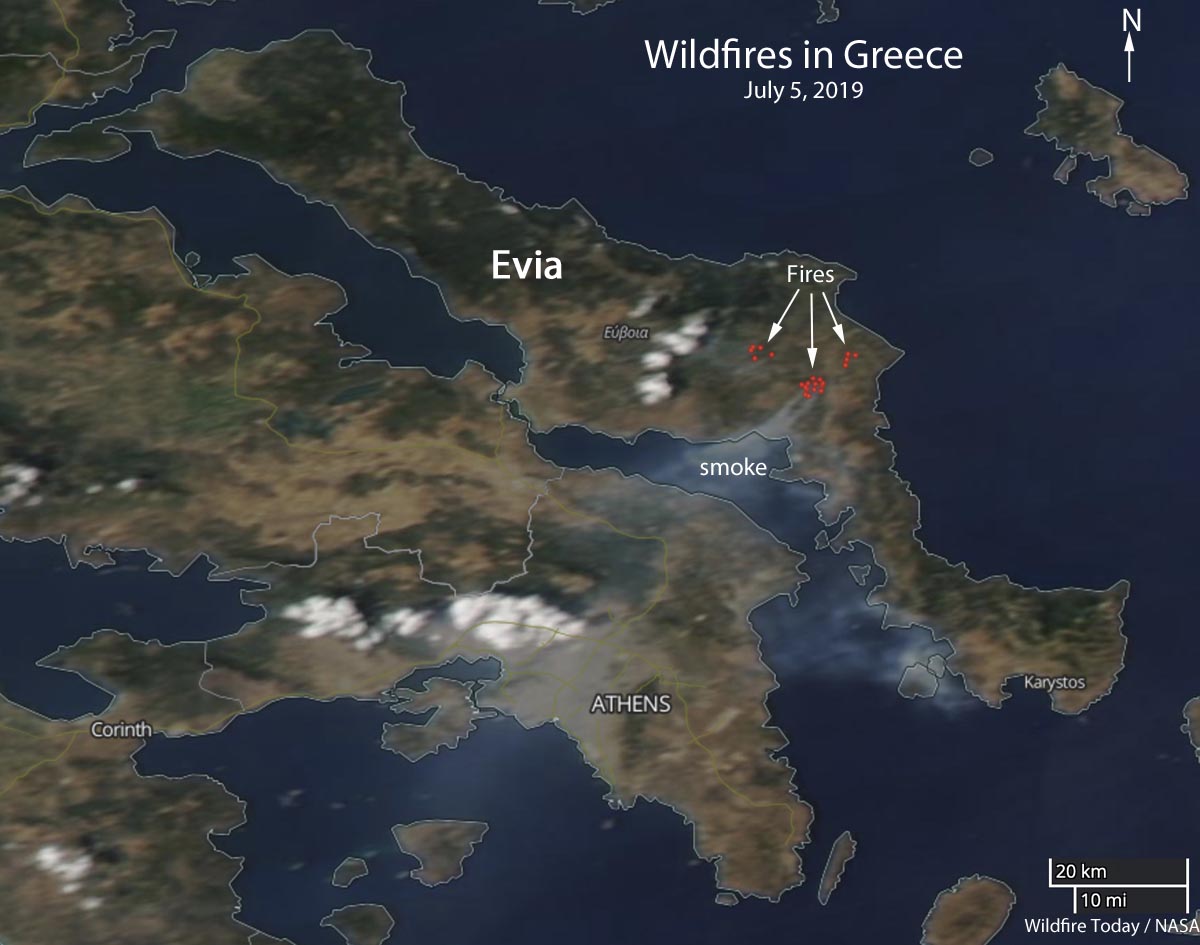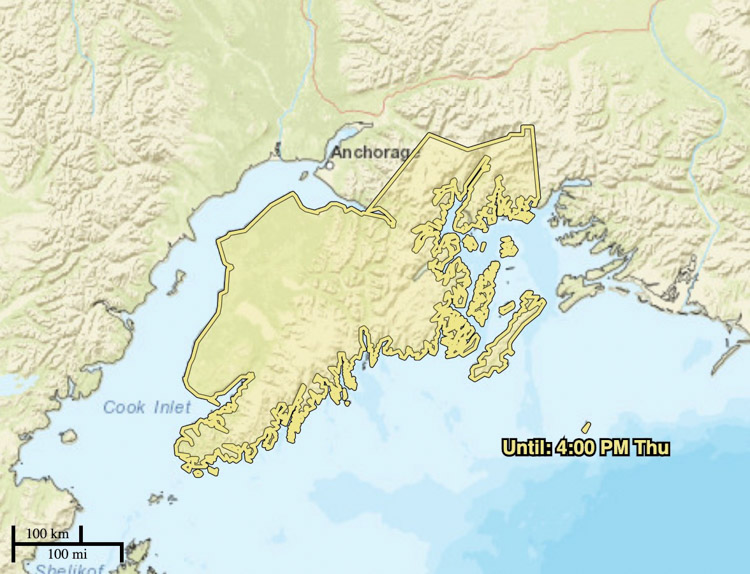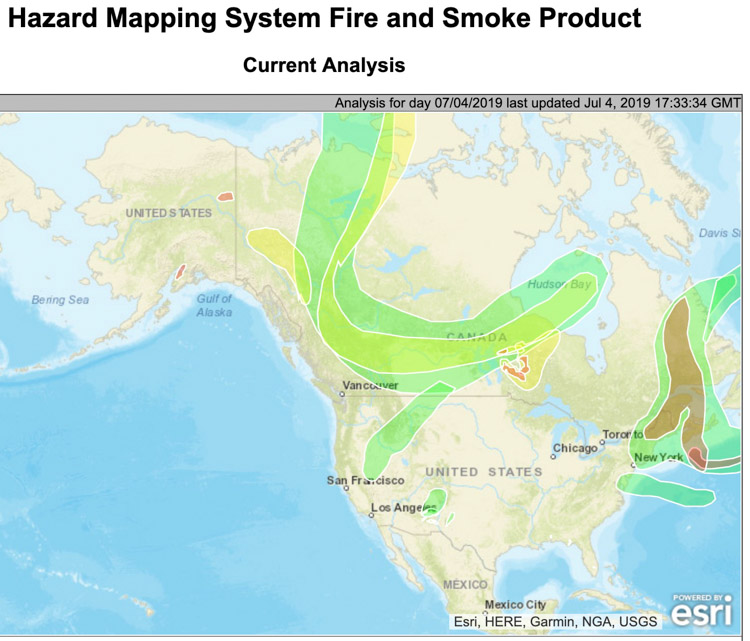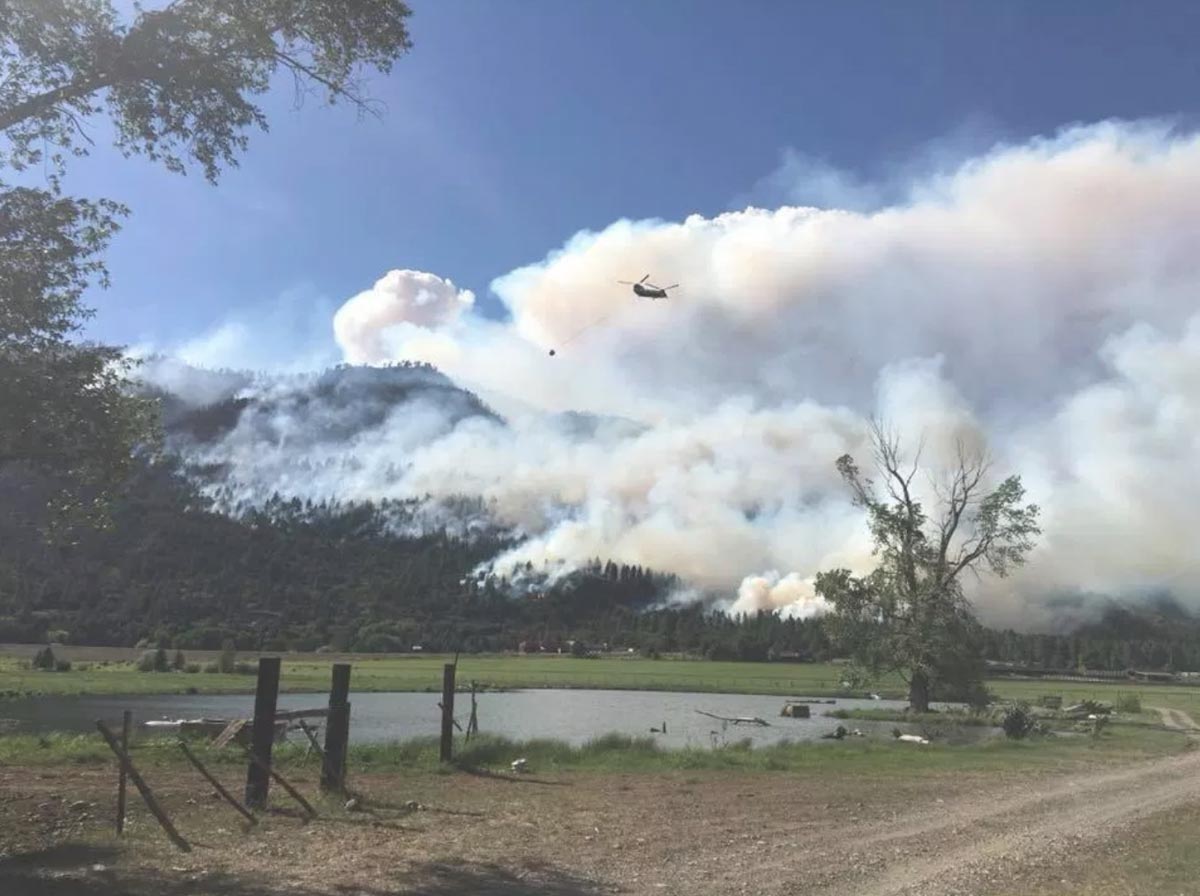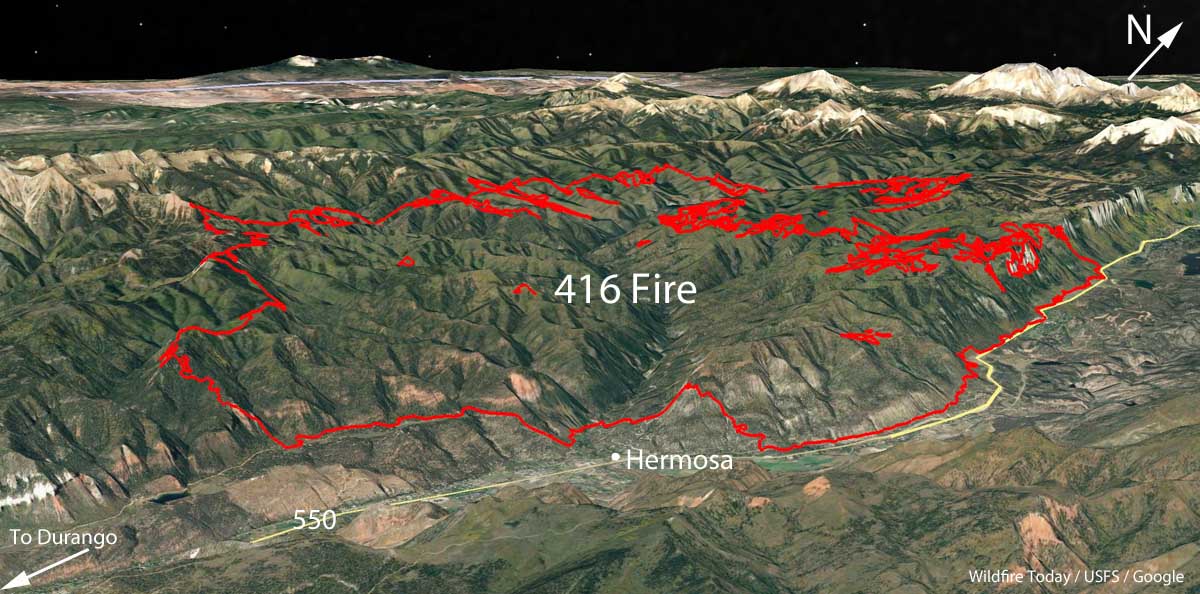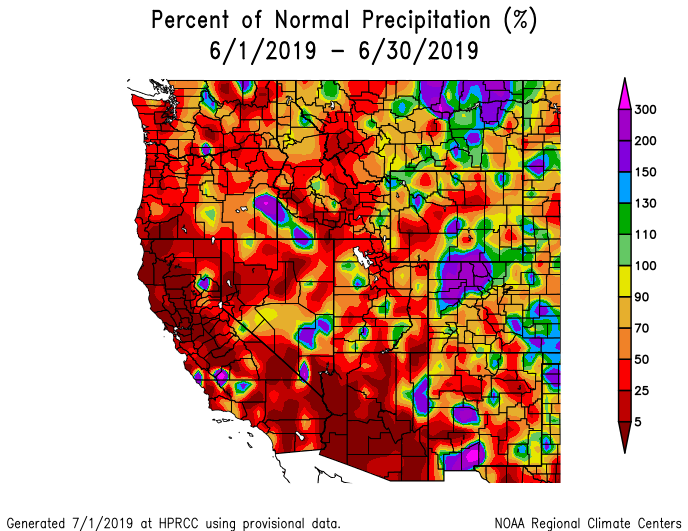
Most of the Western United States, in this case west of the 100th meridian, had below normal precipitation in the month of June. And, the area was cooler than normal, except for California, Oregon, Northern Idaho, and Washington.
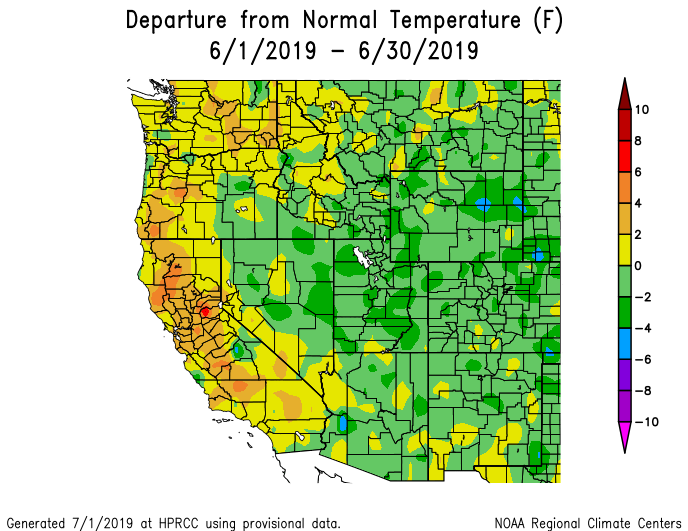
Below are more details from the Western Regional Climate Center:
“June in the West
“June, 2019
“Precipitation was below normal across much of the West; however, June is typically one of the driest months of the year for some parts of the region. Temperatures were above normal in coastal states and near to slightly below normal elsewhere in the region.
“Scattered areas of the West observed above normal June precipitation, generally associated with isolated thunderstorm events for locations west of the Rockies. Owyhee Dam in eastern Oregon logged 2.38 in (60 mm) in June, 259% of normal. Nearly all of this precipitation (2.27 in/58 mm) fell in one day on June 13. Some areas east of the Rocky Mountains saw persistent precipitation throughout the month. Fort Collins, Colorado, reported 2.59 in (66 mm) for June, 119% of normal and saw at least trace amounts of precipitation on 22 days of the month. Wolf Point, Montana reported 4.49 in (114 mm), 165% of normal, the 3rd wettest in a relatively short record beginning in 1998 and had at least trace precipitation on 17 days in June.
“Much of the Pacific Northwest and Intermountain West observed drier than normal conditions this month. Missoula, Montana recorded 0.66 in (17 mm), 32% of normal and the 6th driest June since records began in 1948. Portland, Oregon, observed 0.45 in (11 mm) of precipitation, 26% of normal and the 10th driest June in an 82-year record. In the US Drought Monitor, some areas of improvement were seen along the northern border of New Mexico and Arizona. Western Oregon, western Washington, and several areas along the northern border of the western states saw expansion of drought conditions this month.
“California saw the greatest departures above normal temperature for June. In northern California, Ukiah reported an average temperature of 72 °F (22.2 °C), 4.4 °F (2.4 °C) above normal and the third warmest June since records began in 1949. In the southern Central Valley, Bakersfield logged an average temperature of 81.9 °F (27.7 °C), also 4.4 °F (2.4 °C) above normal and the 10th warmest June in a record that began in 1937. Some areas of Oregon and Washington also saw temperatures several degrees above normal. Temperatures in Roseburg, southern Oregon, averaged to 67.7 °F (19.8 °C), 3.8 °F (2.1 °C) above normal. Elsewhere, temperatures were near to slightly below normal. For example, in eastern Nevada, Ely reported an average temperature of 58.6 °F (14.8 °C), 1.4 °F (0.8 °C) below normal. In Albuquerque, New Mexico, temperatures averaged to 73.8 °F (23.2 °C), 1.1 °F (0.6 °C) below normal. Phoenix, Arizona, reported a June average temperature of 91.1 °F (32.8 °C), 0.3 °F (0.2 °C) above normal.
“Much of Alaska experienced warmer and drier than normal conditions during June. Anchorage reported its all-time warmest and driest June in a 68-year record. Temperatures averaged to 60.5 °F (15.8 °C), 5.2 °F (2.9 °C) above normal. Precipitation totaled 0.06 in (2 mm), 6% of normal. In the northwestern part of the state, Kotzebue reported an average temperature of 56.8 °F (13.8 °C), 11.1 °F (6.2 °C) above normal and set the record for warmest June by 3.4 °F (1.9 °C). Records for Kotzebue began in 1897. Although a few southeastern Alaska stations reported above normal precipitation this month (e.g., Ketchikan reported 7.97 in/202 mm, 120% of normal), moderate to extreme drought conditions persist in this region. Roughly 3% of the state is experiencing drought conditions, all in the Panhandle. Ketchikan anticipates needing backup generators through at least October as reservoirs remain too low to generate hydropower.
“Above normal temperatures dominated in Hawaii, driven primarily by above normal sea surface temperatures in the Central Pacific. Kahului, Maui, logged an average temperature of 80.9 °F (27.2 °C), 2.9 °F (1.6 °C) above normal and the warmest June since records began in 1954. Many areas of the state observed above normal precipitation. Honolulu recorded 5.68 in (144 mm), more than 2000% of normal. A large portion of this, 4.2 in (107 mm) fell during intense thunderstorms associated with an upper-level low-pressure system that drew moist air into the region on June 25. The storm also caused downed trees, flooding, and several injuries due to lightning strikes on Oahu. In contrast, the windward side of the Big Island reported well below normal precipitation, Hilo observed 3.90 in (99 mm), 53% of normal. Drought improvement occurred on the windward sides of the islands in Hawaii and Maui Counties, with more island-wide improvement for Oahu and Kauai. Moderate to extreme drought conditions remain to some degree on the leeward sides of all islands.”

